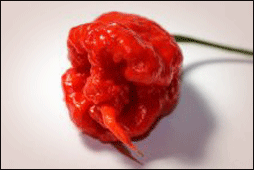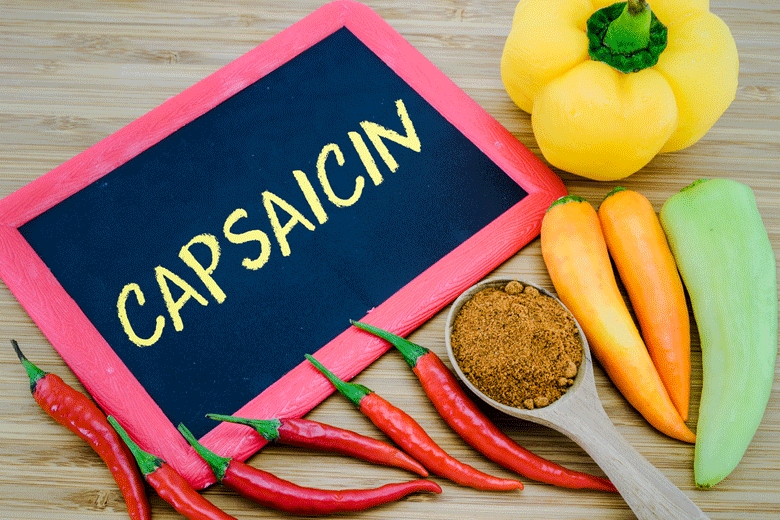 One very hot Chilli
One very hot Chilli
In the realm of very hot chillies, the Carolina Reaper stood tall for years, a true titan of heat that captured the imagination of spice enthusiasts worldwide. Officially recognised by Guinness World Records in 2013 and again in 2017, this wrinkled, scarlet devil is not for the faint of heart. Its fiery punch packs an average of 1.57 million Scoville Heat Units (SHU), with some specimens reaching a mind-boggling 2.2 million SHU. To truly grasp the magnitude of this heat, consider your average jalapeño, which maxes out at a mere 8,000 SHU. That means the Carolina Reaper is more than 300 times hotter! It’s like comparing a candle flame to a raging inferno.
However, in a twist that has sent shockwaves through the chilli world, the Carolina Reaper’s reign as the world’s hottest pepper was recently usurped by none other than Pepper X, another creation from the same mastermind. In September 2023, Pepper X claimed the Guinness World Record with an astounding average of 2.69 million SHU, pushing the boundaries of pepper heat even further.
Carolina Reaper’s reign as the world’s hottest pepper was recently usurped by none other than Pepper X, another creation from the same mastermind. In September 2023, Pepper X claimed the Guinness World Record with an astounding average of 2.69 million SHU, pushing the boundaries of pepper heat even further.
The birth of the Carolina Reaper, this incendiary marvel, took place in the fertile fields of South Carolina, where it earned its menacing moniker. Both the Carolina Reaper and its successor, Pepper X, are the brainchildren of “Smokin’ Ed” Currie, a man whose unbridled passion for very hot chillies has quite literally pushed the boundaries of what’s possible in chilli breeding. Currie’s journey to create the world’s hottest peppers was no overnight success. He spent nearly a decade in relentless pursuit of his fiery dream, meticulously selecting and breeding peppers with the patience of a scientist and the vision of an artist. Throughout this painstaking process, Currie carefully monitored heat levels and flavour profiles, seeking to create the perfect balance between searing spice and complex taste. His dedication to this scorching craft has revolutionised the world of super-hot chillies and earned him a place in the pantheon of pepper pioneers, first with the Carolina Reaper and now with the even hotter Pepper X.

 A culinary powerhouse
A culinary powerhouse versatility and the universal appeal of their pungent heat. From the moment
versatility and the universal appeal of their pungent heat. From the moment 


